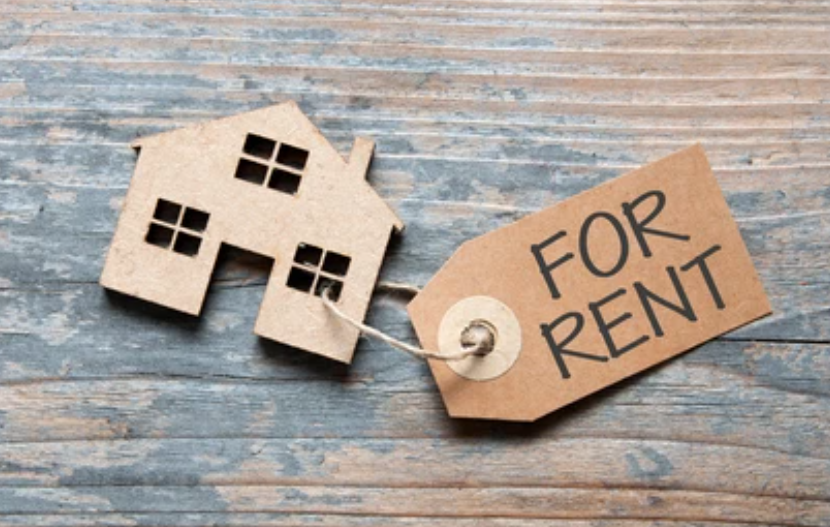Reverse Mortgage Must-Know Info
A reverse mortgage was originally designed so that seniors who own their homes or have considerable equity in their homes can free up cash for living expenses without selling their homes.
To qualify for a reverse mortgage, you must:
- Occupy the home as a principal residence for more than six months of the year.
- Be at least 62 years old.
- Pay off any debt against the home before obtaining the mortgage. Or, use an immediate cash advance from the reverse mortgage to pay it off.
- The amount that can be borrowed is based on your age, the equity in the home, and the interest rate charged by the lender. You will retain title to your home and be responsible for taxes, repairs, and maintenance. If you do not fulfill these responsibilities, the loan could become due and payable in full. The loan becomes due with interest when you sell your home, move, die or reach the end of the loan term.
There are three types of reverse mortgages:
- FHA-Insured
- Lender Insured
- Uninsured
With all three, interest on the loan amount adds to the principal balance each month. There will also be loan origination fees and closing costs with each. The loan is not taxable. When the loan term expires, you will either need to pay back the loan or sell your home and move.
Before you can close on a reverse mortgage you will be required to take counseling at the local office of the US Department of Housing and Urban Development (HUD) or a HUD-approved housing counseling agency. This is a free service of HUD and it will give you a good education regarding the various types of reverse mortgages and whether a reverse mortgage is right for you.
A reverse mortgage can be a good choice but they are not right for everyone. You may wish to consult with your attorney and/or financial adviser to see if it makes sense for you.
By Dale Athanas


